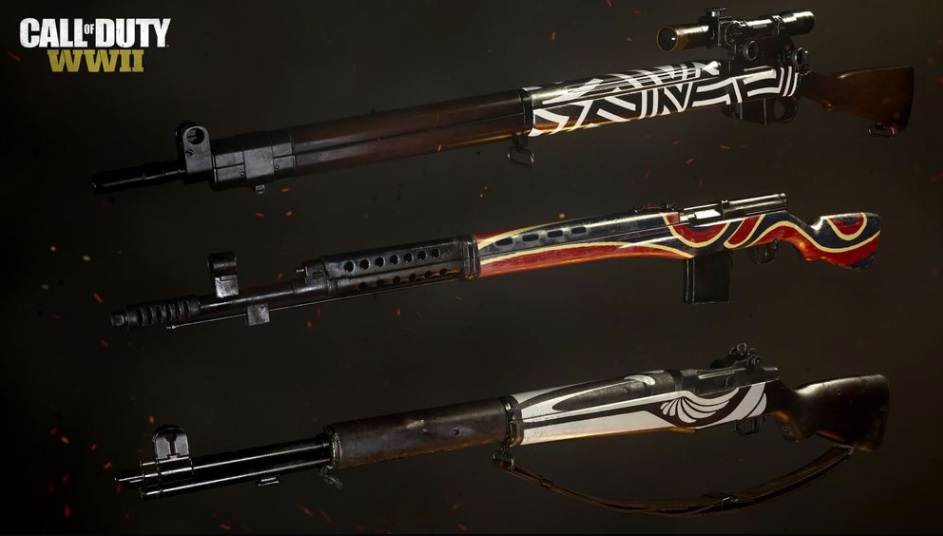

D9484.īy mid-1943, almost 90 per cent of single women and 80 per cent of married women, many juggling jobs with childcare, were employed in essential war work in hundreds of different roles, military and civilian. Ivy’s husband was a train driver on the underground. Sisters Ivy Sumter and Betty Bostock clean a tube train. They might also choose to join one of the uniformed services, either the Auxiliary Territorial Service, the Women’s Auxiliary Air Force, or the Women’s Royal Navy Service. Women could opt for work in industries such as in munitions factories, aircraft and tank factories, or in shipbuilding. At first, only single women aged 20 to 30 were called up. The National Service Act of December 1941 legalised the conscription of women for war work. Recruiting posters for the Auxiliary Territorial Service, the Women’s Auxiliary Air Force and the Women’s Royal Navy Service, offering paid non-combat roles in the armed forces, including some overseas. Many volunteered, but many more were needed. With hundreds of thousands of men away fighting, labour shortages became acute. Those that did work were often in what was then considered ‘women’s jobs’, such as nursing, working in shops or being a domestic servant. Before the outbreak of the Second World War (1939 to 1945), most women looked after the home.


 0 kommentar(er)
0 kommentar(er)
